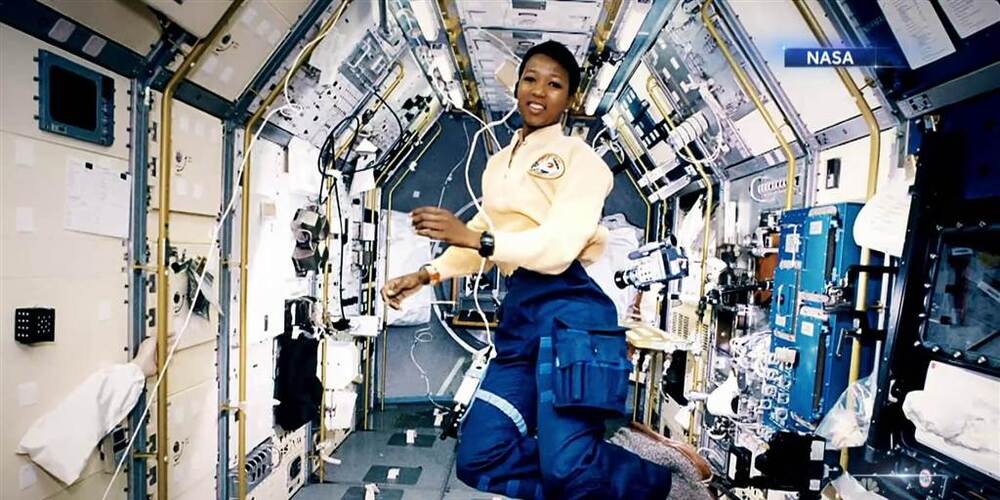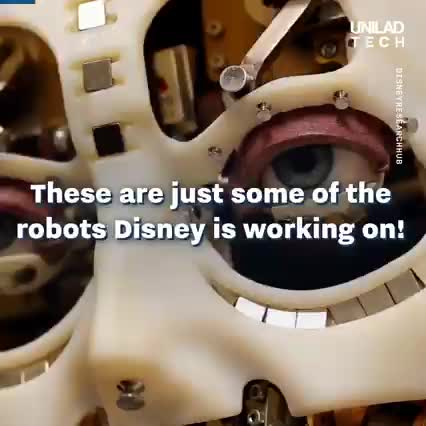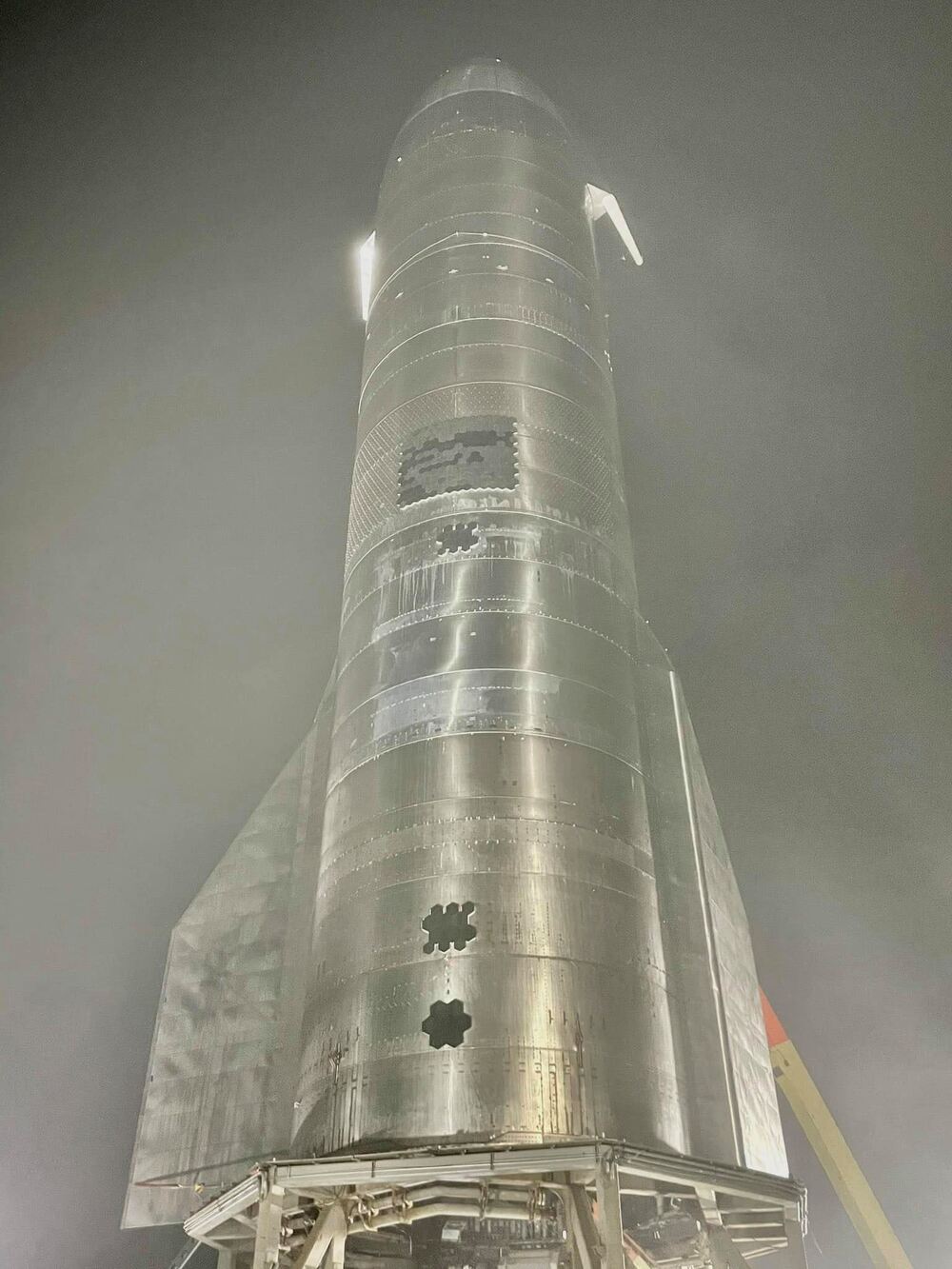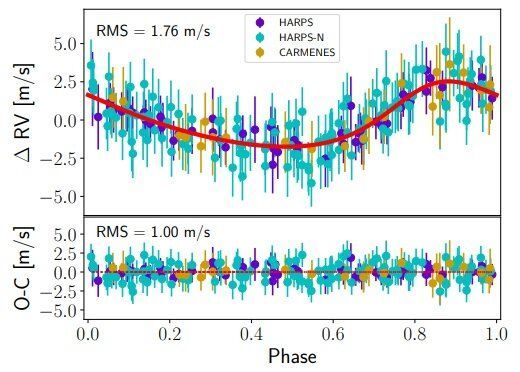If you like this video — put Thumb Up button (please) and.
Okay, okay. I got to go… See You Soooooooooooooooon dudes wink
If you like this video — put Thumb Up button (please) and.
Okay, okay. I got to go… See You Soooooooooooooooon dudes wink


Bitcoin mining is mainly driven by renewable energy — hydro (by far the largest component), solar, wind and geothermal. Period.
In fact, we’ve estimated the lower bound of renewables penetration in the bitcoin mining energy mix to be 77.6%.
From 2018, but it’s likely gotten better since then.
Addressing the dangers of lazy crypto industry research, and aiming to debunk the negative narrative that bitcoin detractors are attempting to create.





Using the radial velocity (RV) technique, astronomers have discovered a new super-Earth alien world as part of the HADES and CARMENES programs. The newfound exoplanet, designated GJ 740 b, orbits a bright star some 36 light-years away and is at least three times more massive than the Earth. The finding is reported in a paper published February 18 on the arXiv pre-print server.

People often complain about both the high cost of energy and the fact that “they don’t have time to exercise.” This invention certainly solves both problems.